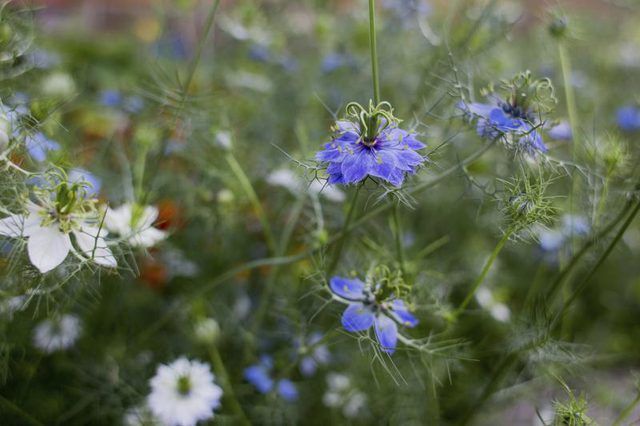Bulbs
Flower Basics
Flower Beds & Specialty Gardens
Flower Garden
Garden Furniture
Garden Gnomes
Garden Seeds
Garden Sheds
Garden Statues
Garden Tools & Supplies
Gardening Basics
Green & Organic
Groundcovers & Vines
Growing Annuals
Growing Basil
Growing Beans
Growing Berries
Growing Blueberries
Growing Cactus
Growing Corn
Growing Cotton
Growing Edibles
Growing Flowers
Growing Garlic
Growing Grapes
Growing Grass
Growing Herbs
Growing Jasmine
Growing Mint
Growing Mushrooms
Orchids
Growing Peanuts
Growing Perennials
Growing Plants
Growing Rosemary
Growing Roses
Growing Strawberries
Growing Sunflowers
Growing Thyme
Growing Tomatoes
Growing Tulips
Growing Vegetables
Herb Basics
Herb Garden
Indoor Growing
Landscaping Basics
Landscaping Patios
Landscaping Plants
Landscaping Shrubs
Landscaping Trees
Landscaping Walks & Pathways
Lawn Basics
Lawn Maintenance
Lawn Mowers
Lawn Ornaments
Lawn Planting
Lawn Tools
Outdoor Growing
Overall Landscape Planning
Pests, Weeds & Problems
Plant Basics
Rock Garden
Rose Garden
Shrubs
Soil
Specialty Gardens
Trees
Vegetable Garden
Yard Maintenance
How to Grow Nigella Sativa
How to Grow Nigella Sativa. *Nigella sativa,* also known as Roman coriander, black caraway and most commonly as **black cumin**, is an annual herb native to western Asia, southeastern Europe and northern Africa. It is grown as an ornamental and harvested for its triangular-shaped seed, which is used whole in cooking or is ground at the table like...

Nigella sativa, also known as Roman coriander, black caraway and most commonly as black cumin, is an annual herb native to western Asia, southeastern Europe and northern Africa. It is grown as an ornamental and harvested for its triangular-shaped seed, which is used whole in cooking or is ground at the table like pepper. An easy herb to grow, black cumin also rewards gardeners with star-shaped, pale blue flowers from late spring to early fall.
Starting Seed Indoors
Start seed indoors four to six weeks before the last average frost date. Sprinkle three to four seeds into each cell of a starting seed tray filled with a soilless starting medium, such as vermiculite or perlite. Spread a very light layer of medium over seeds, mist with water and cover with plastic wrap to retain humidity. Keep the seeds at a temperature between 65 and 70 degrees Fahrenheit, keeping soil evenly moist until germination occurs in 7 to 14 days.
Light delays germination, but once leaves appear it’s time to move the starter plants to a table or shelf near a window to receive indirect light. Thin seedlings to one per cell, if more than one germinates.
After the danger of frost has passed, transfer them to a deck or patio to help them adjust to being outside before transplanting to the garden.
Sowing Seeds Directly Outdoors
Black cumin thrives in sandy, loamy or even heavy clay soil of any pH as long as there is adequate drainage. For best results, select a site in full sun. The plant will tolerate partial shade, however.
Sow seeds directly into the garden immediately after the danger of frost has passed. Black cumin is a cold-dependent germinator, meaning the seeds respond better to cold soil temperatures that are typical early in the season.
Plant seeds at a depth of 1/8 inch, planting three to four seeds together. Keep soil evenly moist – but not wet -- until seeds germinate in 7 to 14 days. When two or more leaves appear, thin seedlings so that the best specimens remain and are spaced 6 to 9 inches apart.
Water and Fertilizer
Black cumin does fine with average watering and can tolerate short periods of drought, but water plants regularly during long periods without rain to keep the soil from drying out too much.
Fertilize plants with a 4-12-4 liquid fertilizer, either at the time of transplanting seedlings grown from seed indoors or when plants sown directly outside are well established. To mix, combine 4 tablespoons of concentrate liquid fertilizer with 2 gallons of water. To apply, pour a cup of prepared solution into the soil around the base of each plant. Repeat in seven days, then start regular feedings every 7 to 14 days.
Deadheading Blooms
Flowering generally occurs in June or July, and the plant will continue to produce flowers if spent blossoms are removed. If you want to harvest the seed, however, leave spent flowers intact so they will form seed pods. Note that if the pods are not collected, the plant will self-seed and spread. So you do not transfer disease to the plant, disinfect your pruning tools by wiping the blades off with alcohol and allow the blades to dry before using. With its habit of reseeding, the plant can be invasive in some locations.
Harvesting Seed
Black cumin seed has an aroma similar to fennel but lends pungent, nutmeg-like flavor to foods. It is widely used in Middle Eastern cuisine to season rice, curries, breads, pickles and confections. To capture the seeds, cut stems when the seed pods start to dry out a bit and hang upside down in a brown paper bag. As the seeds dry, they drop into the bottom of the bag. Collect the seed and store in an airtight container in a cool, dark place.